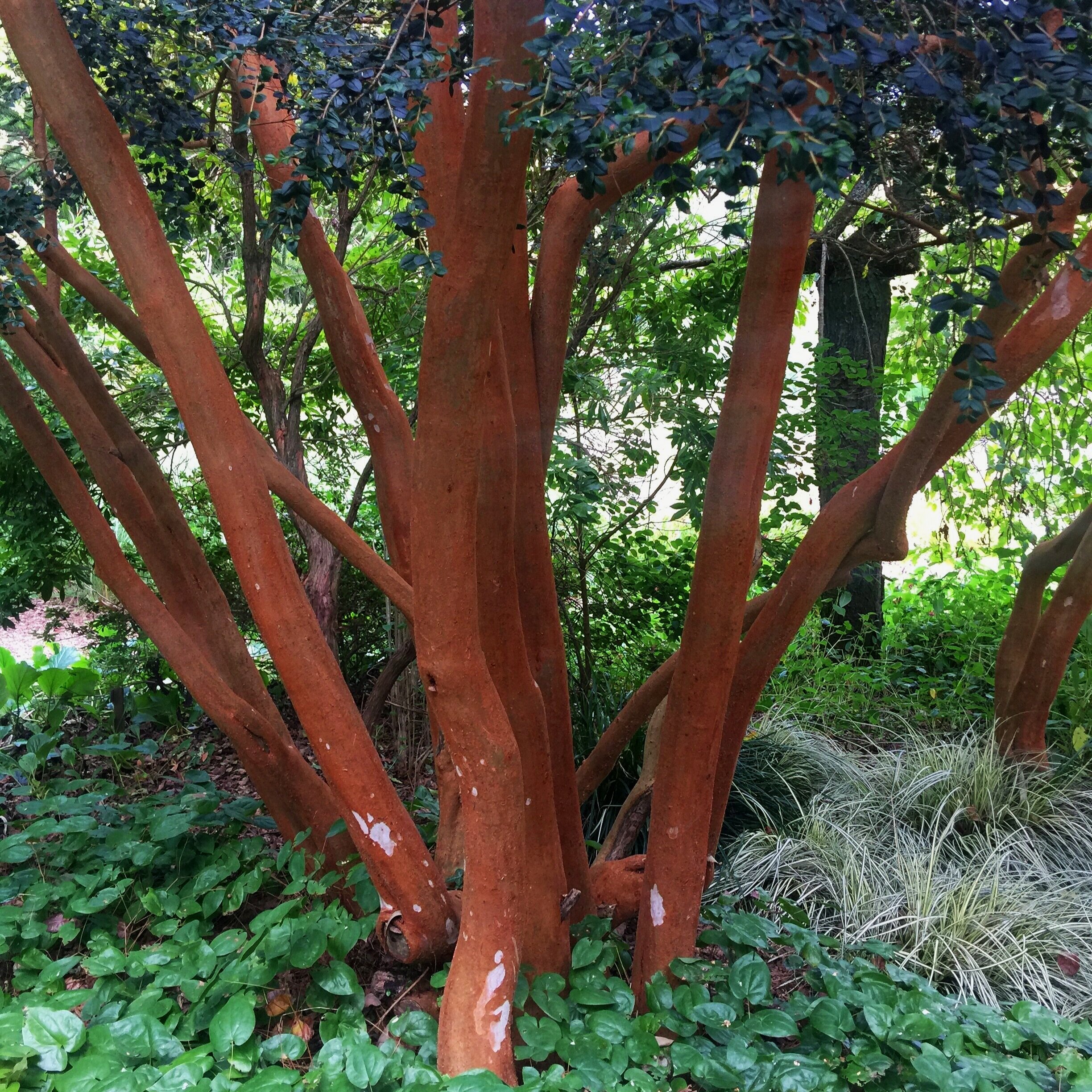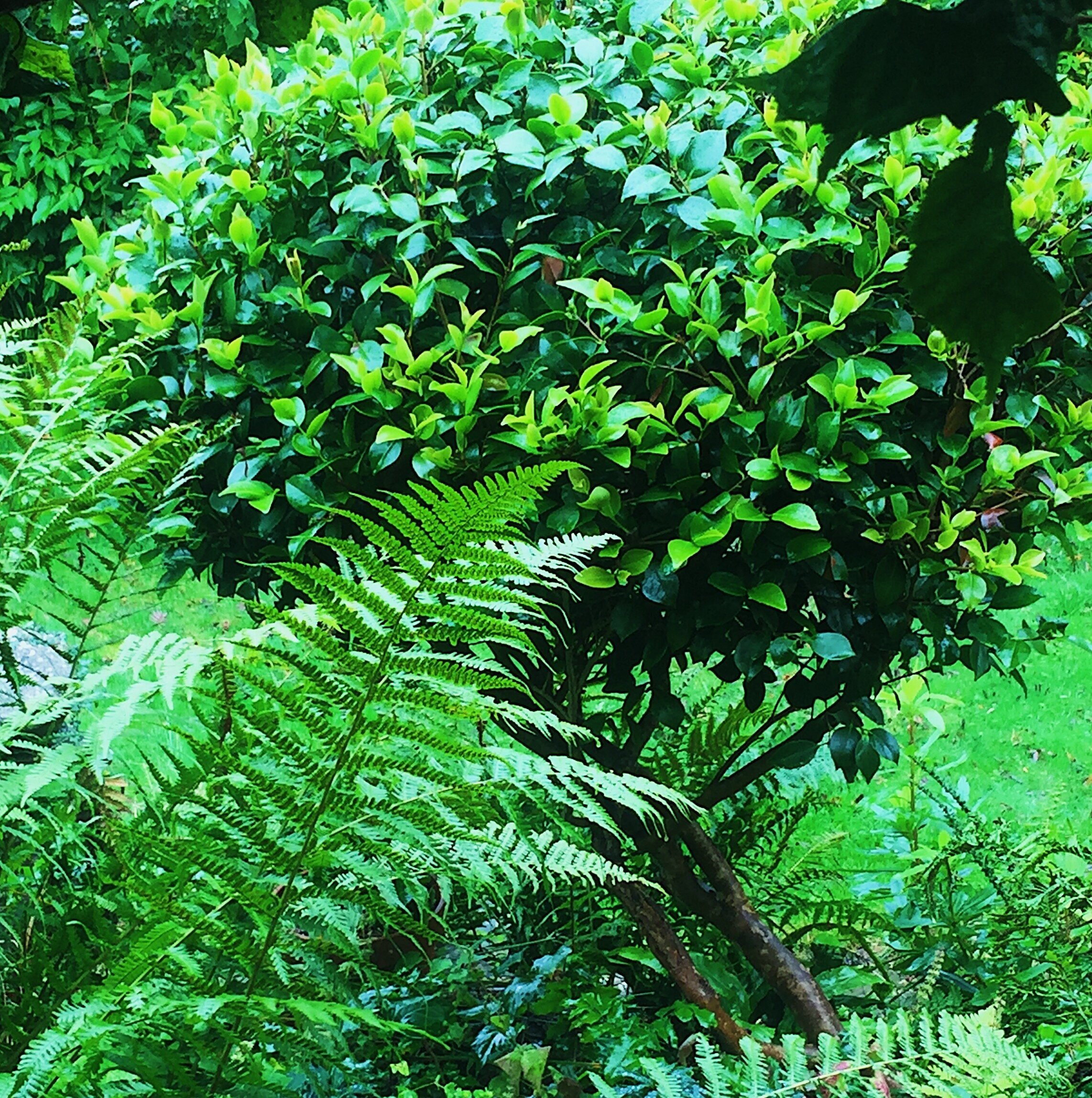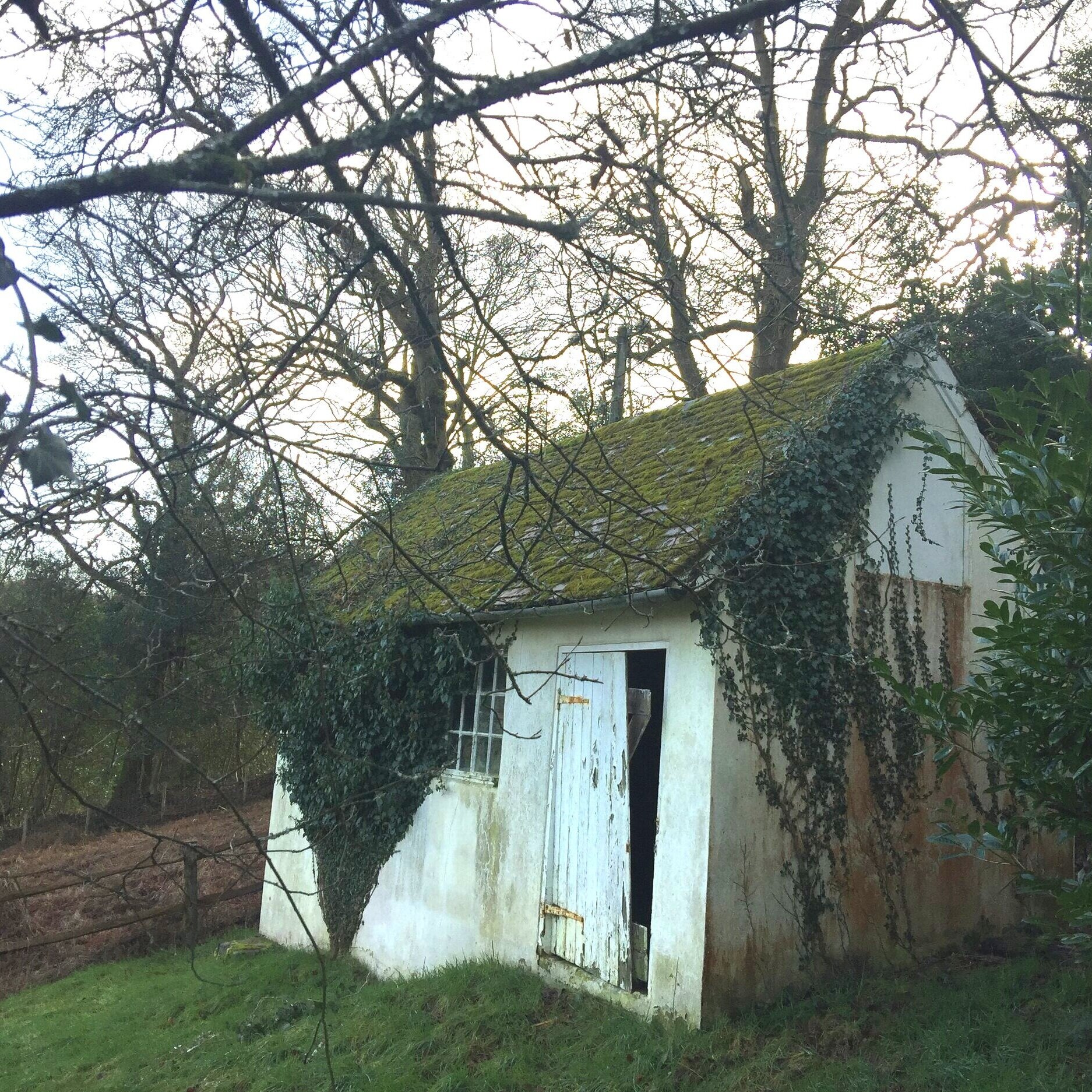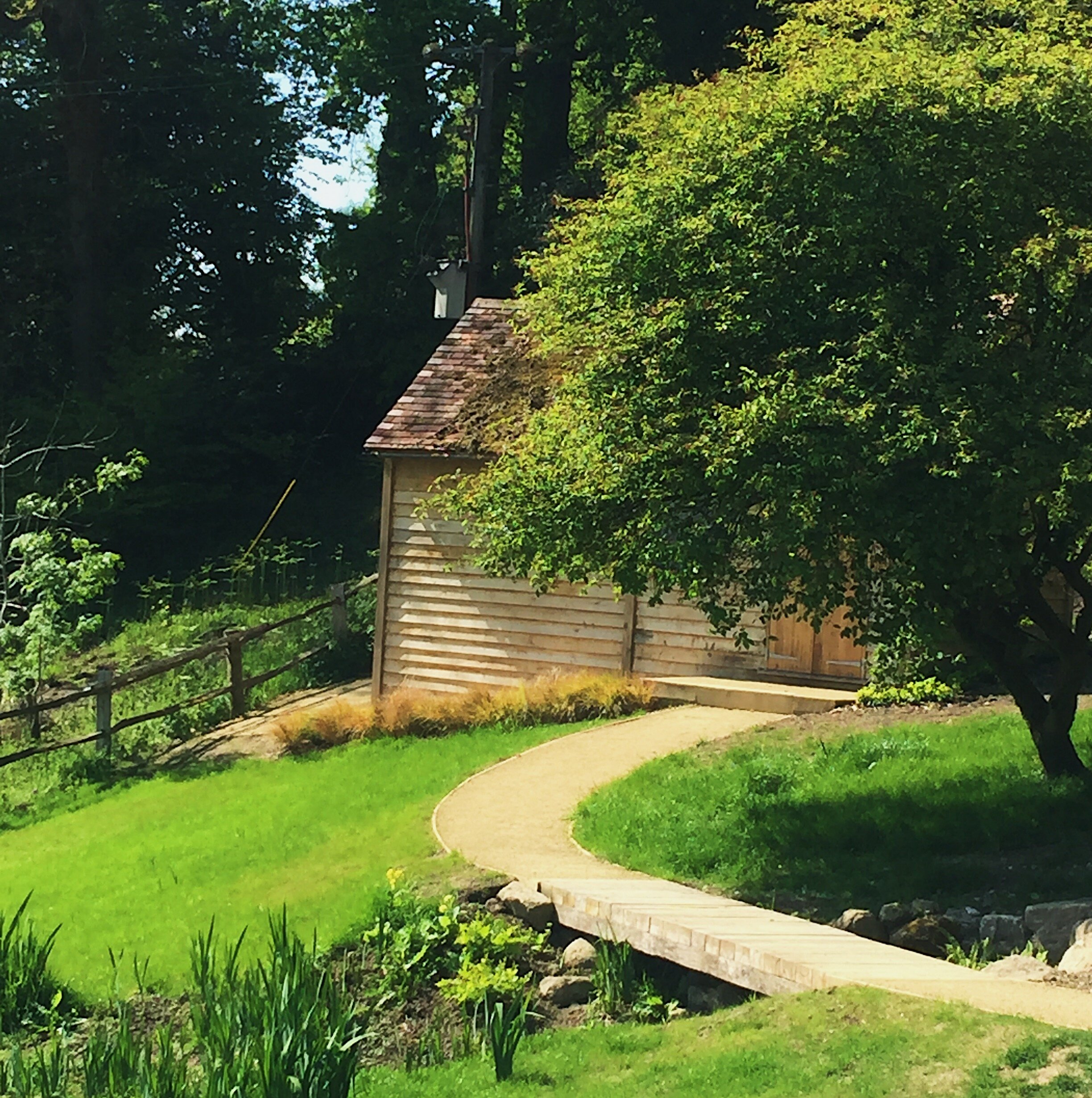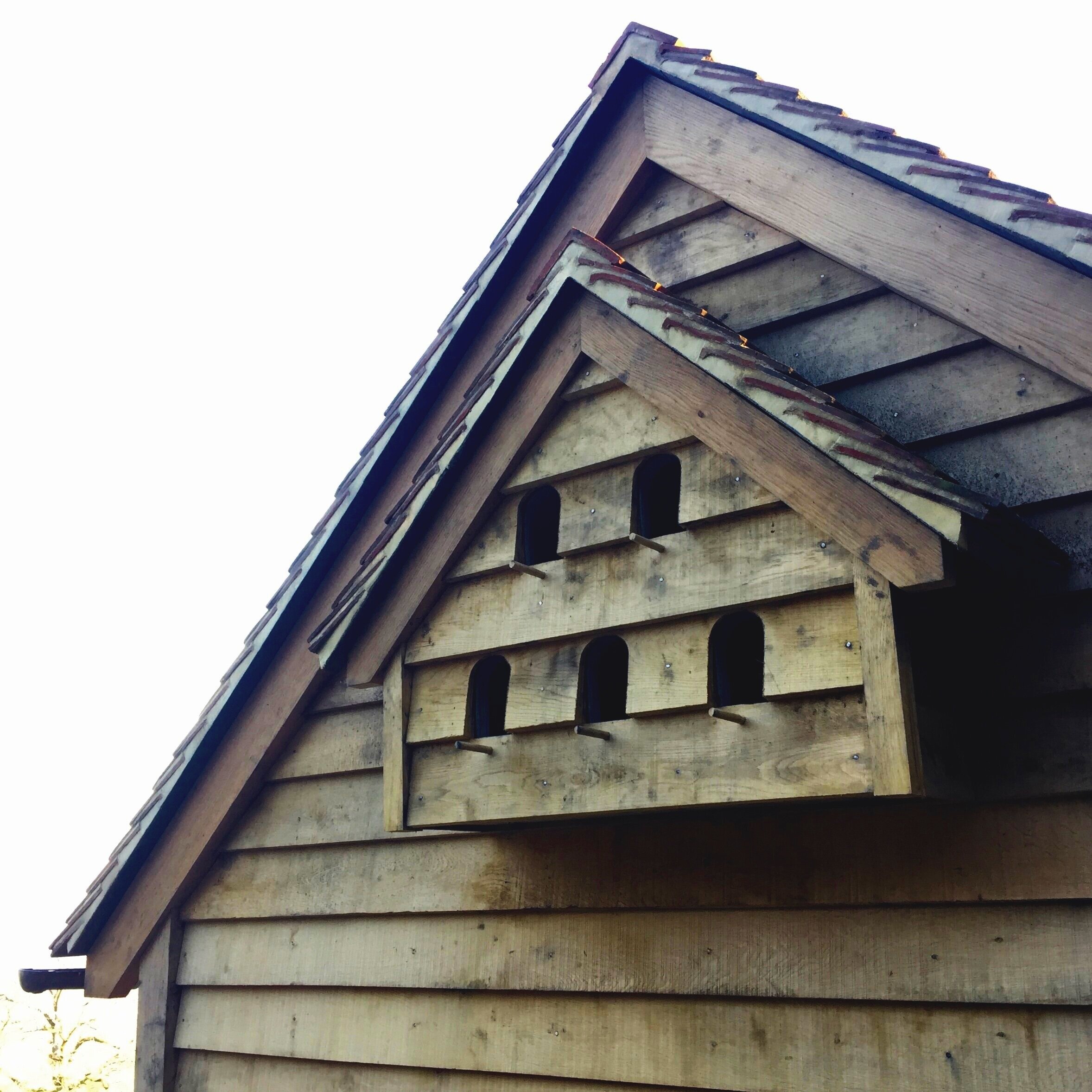In the towns and villages on the borders of Surrey, West Sussex and Hampshire, a large number of gardens were created in the early part of the last century. Sometimes they were conceived for a household that had gardening staff. Or at the least for a time when owners had more leisure to devote to the upkeep of the garden. In any case, they were created when people used their gardens very differently from today.
Now these gardens are thoroughly mature, they are at risk of overwhelming their 21st century owners. Bulky old shrubs clog up the space. Dense hedging obscures the views of the landscape beyond. It’s easy to feel hemmed in, even if ‘those big rhodos do put on a magnificent display in Spring’…
It’s clear we want very different things from our gardens today: Effortless flow from inside to outdoors to make the most of our warmer summers. A generous amount of open level terrain for kids to kick a ball. An outdoors kitchen. Lighting. Not to mention a selection of plants that doesn’t require endless maintenance.
When I moved to the southern counties I quickly realised that ‘crown lifting’ would be a useful practice to help make an early 20th century garden better suited to our era.
Put simply ‘crown lifting’ means removing the lower bulky mass of branches that often droop to the ground, and allowing the top of the tree (or large shrub) to stand tall and untrammelled.
It’s an artful way to allow light and air to reach the ground around mature shrubs and trees. It opens up opportunities for new paths and groundcover planting. It reveals new destination spots in the garden, making it feel altogether larger, brighter, airier and more interesting.
And at its best, it’s a form of organic sculpture using living plants as the material. The sinuous forms of the trunks are revealed. They provide dramatic outlines against a lighter background. In some cases, sensitive up-lighting of the revealed form can create a magical effect.
In my own garden, I employed tree surgeons to do the initial heavy lifting and removal of a dense blank wall of laurel. 5 tonnes of tree limbs and other plant matter were removed. Then I set to with a saw to complete the art of sculpting a number of mature shrubs like camellias, yews, rhododendrons. Even acers, though they have to be tackled sensitively as they do not respond well to indiscriminate chopping.
All in all, refining or editing what you’ve inherited in a garden can be every bit as important as making new planting or hard landscaping decisions.
Incidentally, the same rigorous editing should be applied to built structures in the garden too. One of my current clients has acquired a garden that is cluttered with a number of randomly-placed mini-buildings. A summer house made almost entirely of glass, unusable as it stands in full sun. A greenhouse that occupies half the main terrace. A large potting shed in full view of the sitting room.
Once upon a time, I’m sure they were all loved. But they have to go. So we can see the wood for the trees.
This garden structure - built to store equipment and mowers - stands in full sight of a client’s house. As part of the garden transformation it has been re-clad with imagination and care by Chris Vernon, a cabinetmaker based in Godalming.
About the author of this post: Garden designer Robert Wadman
More articles: Journal of New English Garden Design
To reach cabinetmaker Chris Vernon at Bespoak Projects: 07974 118594 No website.


